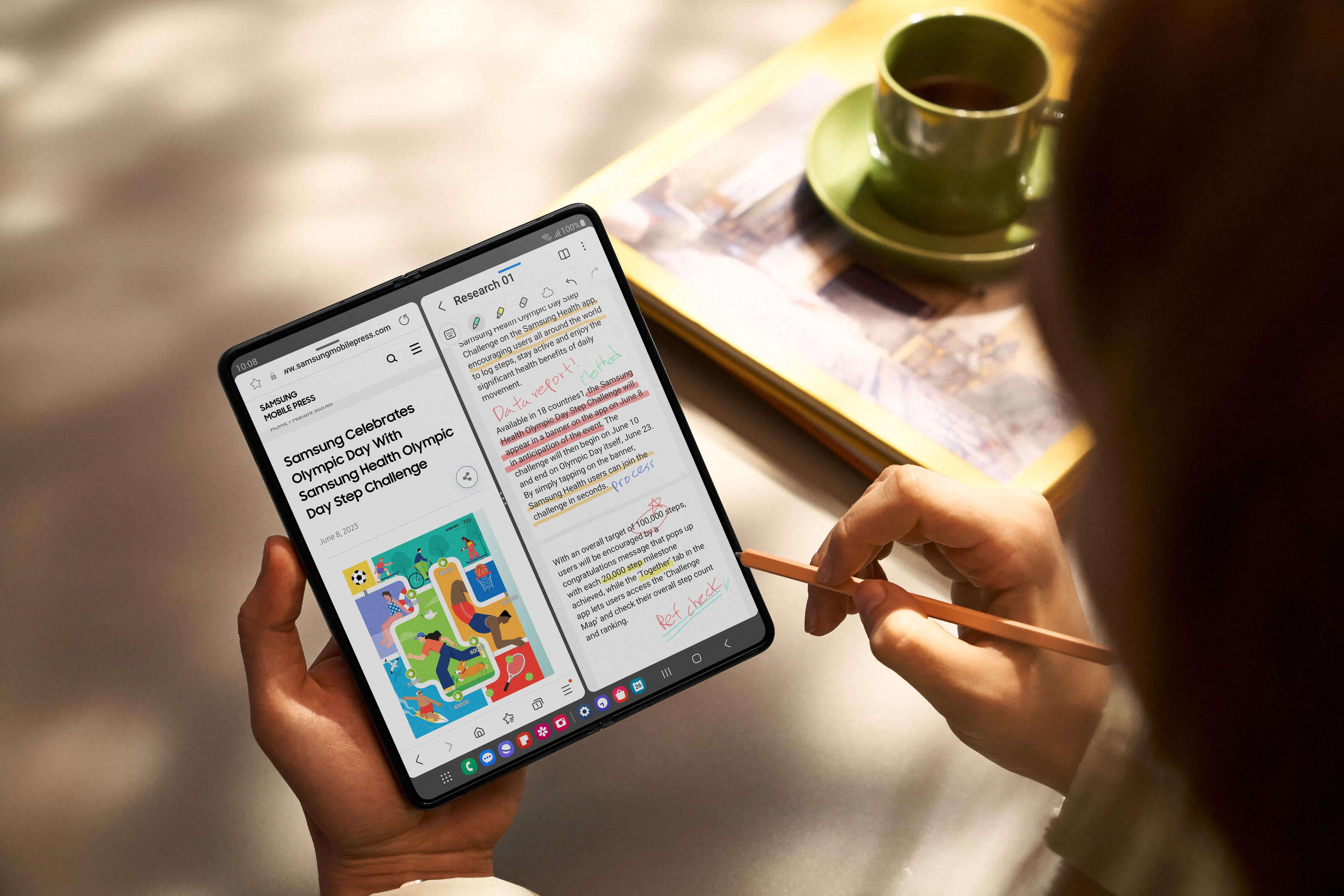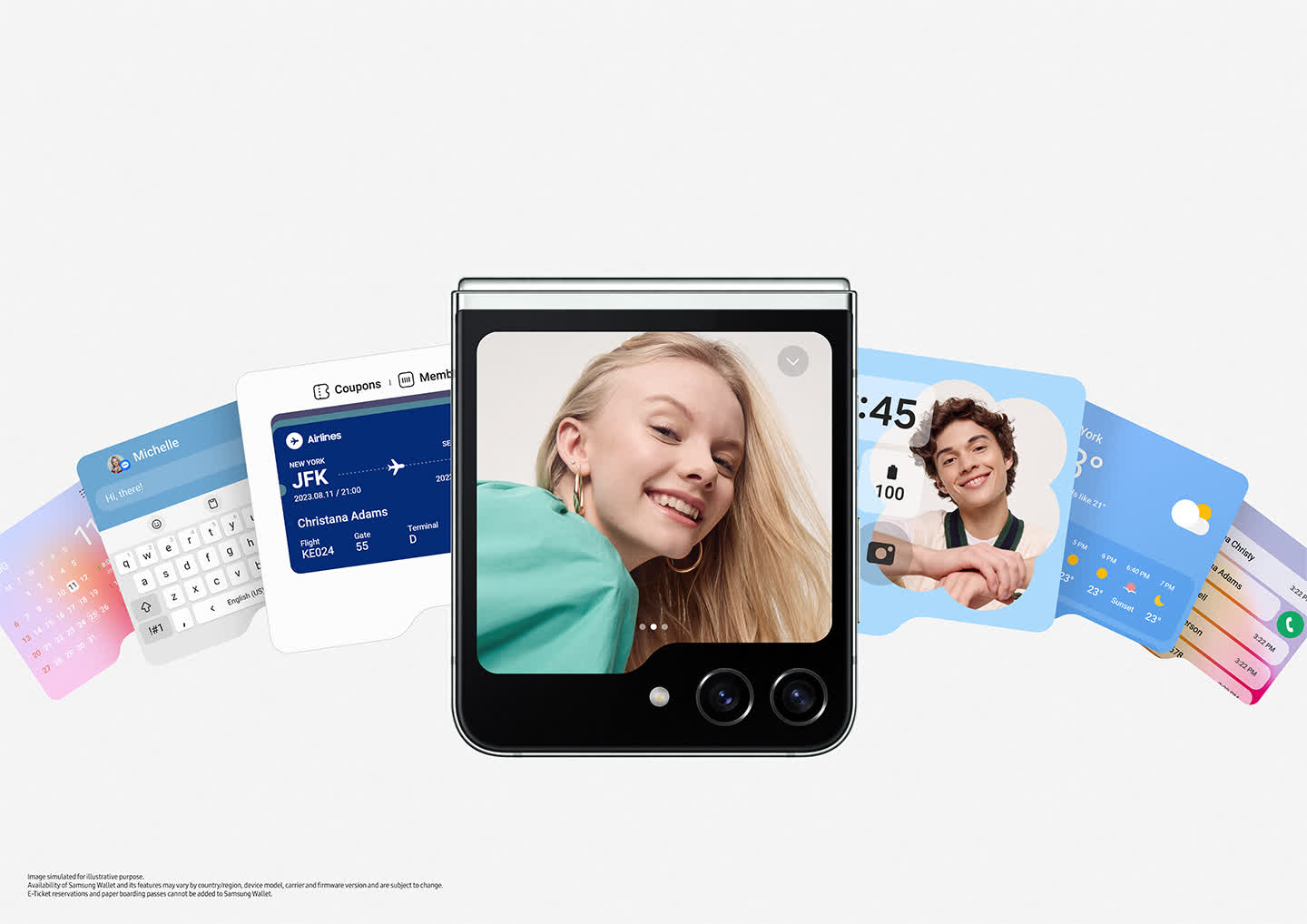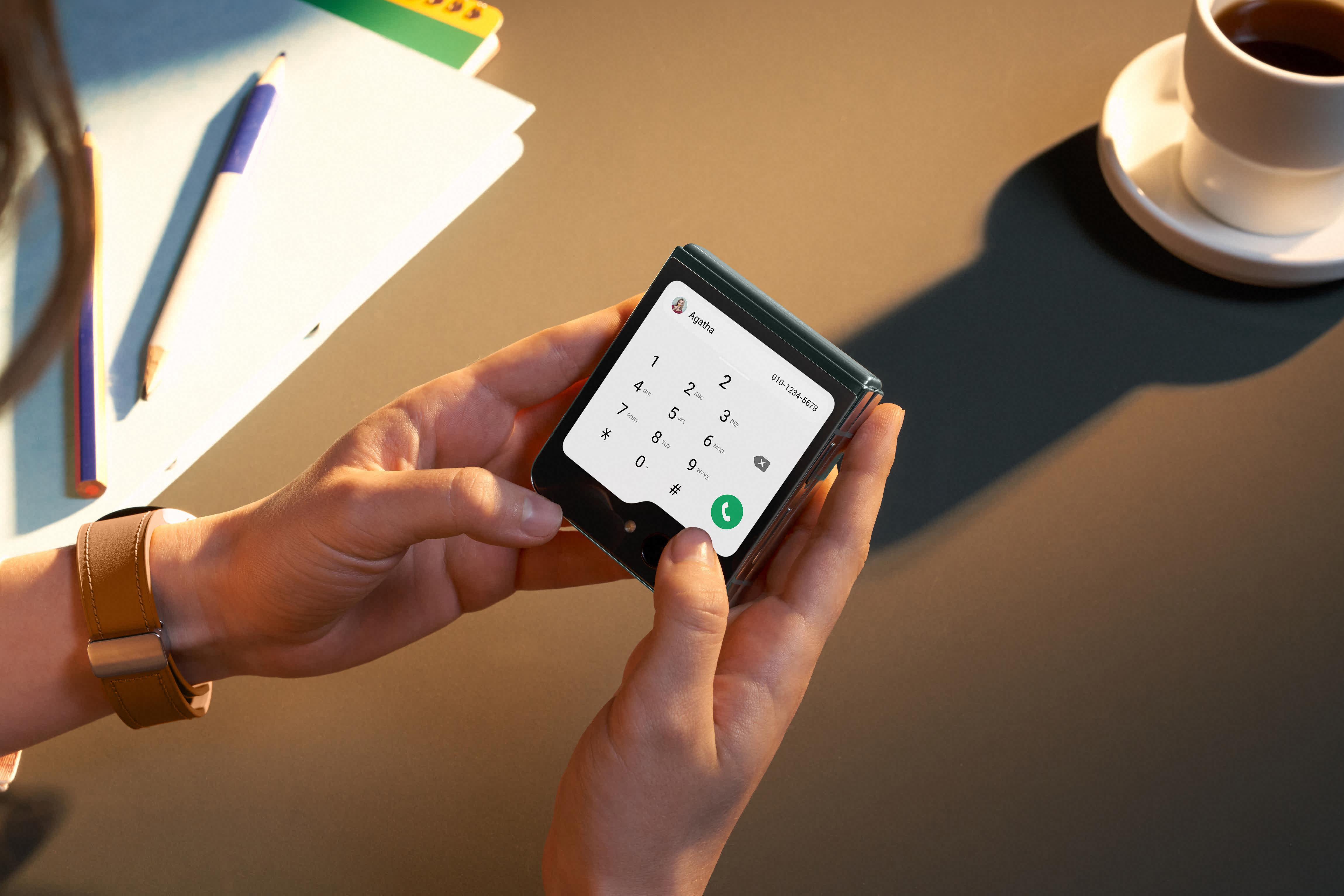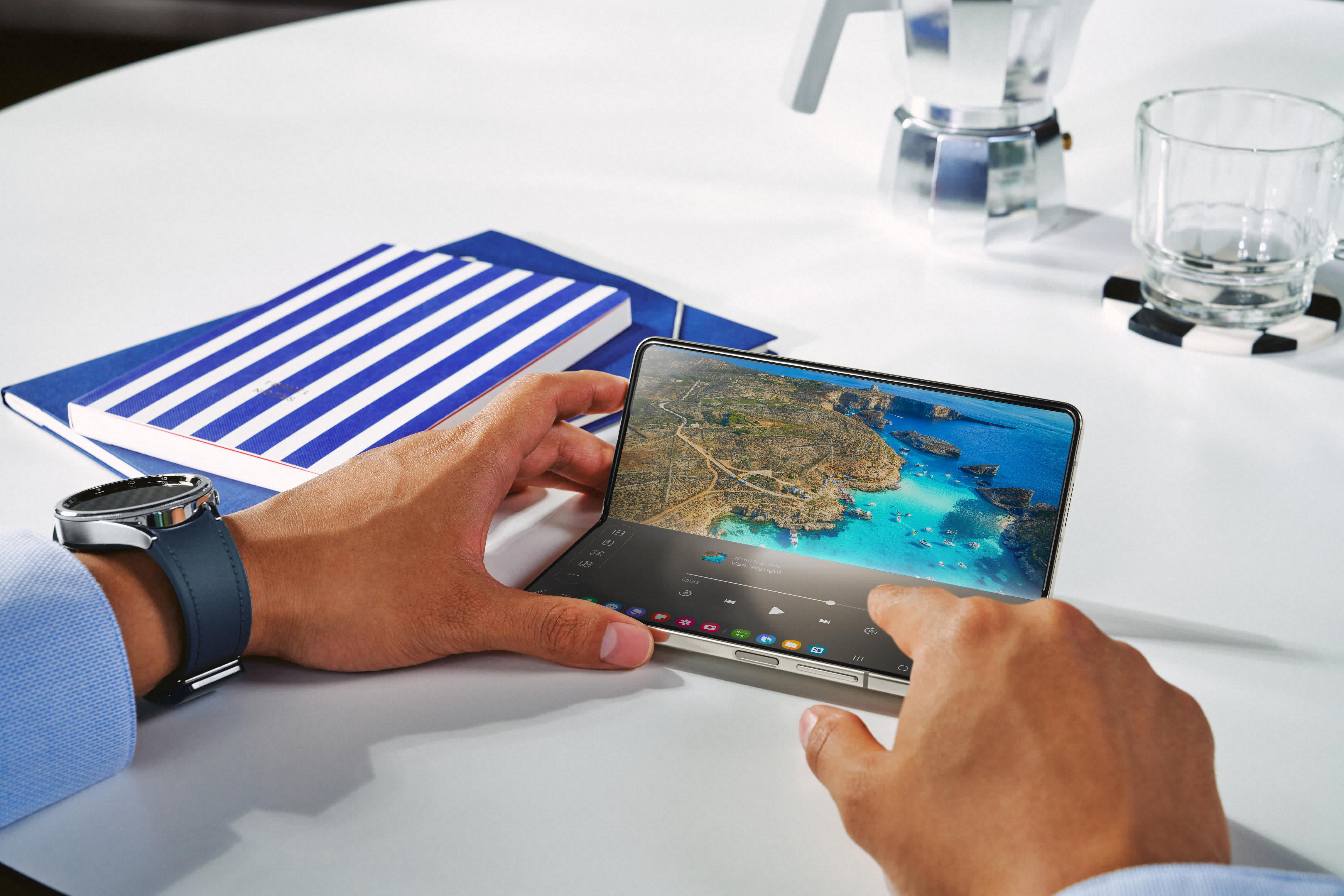To fold or not to fold. That is the question.
At least, that's what Samsung – and now several other companies – are hoping people will start to ask as they consider their next smartphone purchase. The foldable phone category that Samsung first started just over 5 years ago with the debut of the original Galaxy Fold has slowly but surely grown from a tiny, specialty niche to an option that's on the verge of becoming mainstream.
Samsung helped the process along at their most recent Galaxy Unpacked launch event – held for the first time in the company's native South Korea – with the unveiling of the latest iterations in their line of foldable phones, the Galaxy Z Fold 5 and the Galaxy Z Flip 5.
At first glance, it's tempting to dismiss these new devices as little more than annual maintenance updates that only bring a few refinements to their existing designs. Ironically, though, it's some of the subtle changes that make the most profound impact on how it feels to use the devices.
Both the Fold 5 and the Flip 5 have an improved hinge design called Flex Hinge for the folding screen that makes the phones a bit thinner and allows them to close more completely. Until I had a chance to actually hold them and try them out – as I did here in Korea – I couldn't appreciate the change. But once I physically tested them out, there was an immediate sense of improved usability and cleanliness of design even versus the 4th generation models. It just feels and works better.
Internally, both phones are now powered by Qualcomm's latest Snapdragon 8 Gen 2 Mobile Platform for Galaxy SoC, offering approximately 15% improvements in performance versus last year's phones and up to 171% compared to the first-gen Fold's Snapdragon 855.
One very noticeable change on the Flip 5 is the nearly 4x increase in the size of the external display, which Samsung calls the Flex Window.
At 3.4" and 720 x 748 resolution, it now nearly completely fills the back panel and offers significantly more usability and capabilities. For example, you can now view multiple widgets simultaneously, get access to a full QWERTY keyboard for responding to texts without opening the phone, and more.
While the larger screen is an important evolutionary upgrade, it's also clearly a competitive one as Motorola's second generation Razr Plus foldable and other designs from Chinese companies like Oppo have started to include larger external panels on their foldables as well.
That's a great example of how additional competition in a category can drive further innovation. Though Samsung was making solid improvements on its own, there's no doubt that we're going to see more and faster innovations from this newly competitive environment. (I hope, for example, that Samsung considers doing a future Fold with the shorter, wider aspect ratio of Google's new Pixel Fold – but that's a story for another day.)
What's also interesting about the developments that Samsung is bringing to the foldable category is they're taking important steps towards making these devices mainstream. While many people – myself included – thought foldables would be adopted at a quick pace simply because of the unique benefits the form factor enabled, five years later it's clear that was not the case.
The high prices of the devices have been a limiting factor, but many potential buyers were also concerned about the reliability of the different form factor that foldables represented.
Overcoming these issues has taken a combination of time and ongoing developments that address the concerns (or perceived concerns) that people have had about foldables, particularly long-term durability. In that light, improvements like the new hinge design take on new importance because they help make the device feel more stable. Plus, the fact that Samsung is now on its fifth generation of foldables helps give potential buyers more confidence that the category is now mature enough for regular users and not just early adopters. (It's also given the company five years to get the message out about the category – a timeframe that's significantly longer than many thought it would need.)
The increased competition in foldables has also helped bring more legitimacy to the category. Some consumers aren't comfortable buying a product that only comes from one company, particularly in the rapidly evolving world of mobile technology. In a weird way, having strong competitive products actually makes Samsung's latest offerings feel more compelling.
The end result of all these developments is that it feels like foldables are finally ready to break out of their niche market and move into the mainstream. In fact, in a conversation with T.M. Roh, Samsung's global president of the mobile experience business, we were discussing the potential market opportunity for foldables and he brought up research forecasts that suggest the market could hit 100 million annual shipments over the next few years – a huge jump from the current roughly 14-15 million unit per year market.
While that may sound like a lofty target, it's important to remember that even in a declining smartphone market, foldables have beaten the odds and are now the fastest growing segment of the industry. Although it's certainly taken longer than expected, it appears foldables are finally starting to reach their potential.
Bob O'Donnell is the founder and chief analyst of TECHnalysis Research, LLC a technology consulting firm that provides strategic consulting and market research services to the technology industry and professional financial community. You can follow him on Twitter @bobodtech




